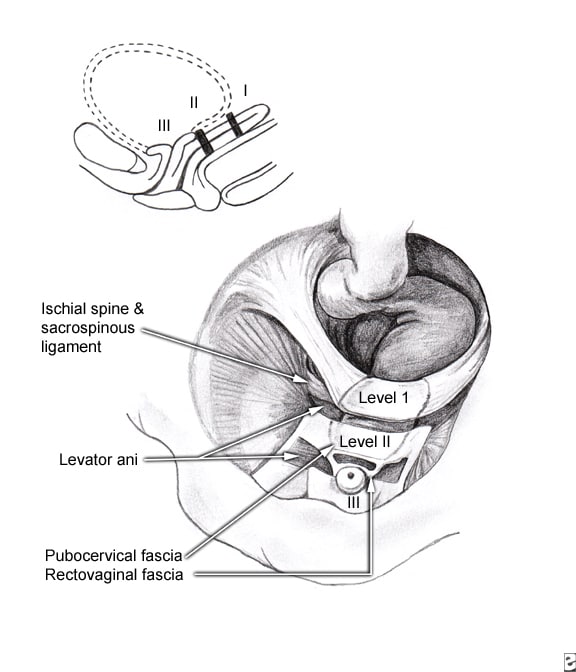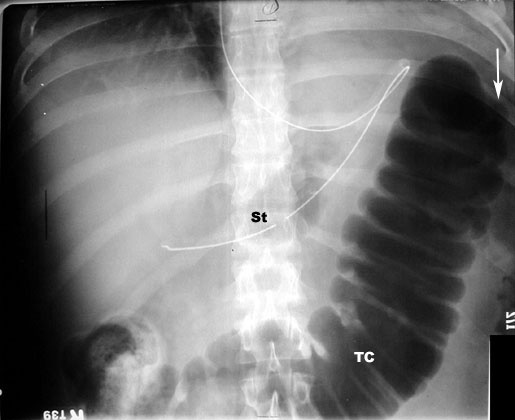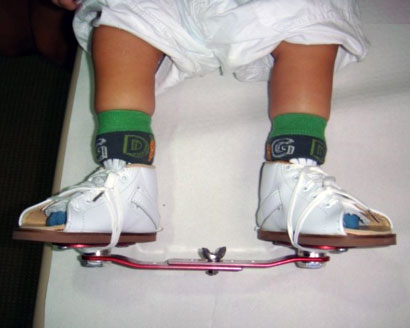Important Instructions for Applicants Filling AIPGMEE-2012 Online Application Form
Just Follow Easy 4-Steps (i.e. Step-1, Step-2, Step-3 and Step-4) to fill up Online Application
NOTE: Ensure you have completed all the 4-steps i.e. Step 1 to 4. No claim for registration in respect of
incomplete Forms/Steps will be entertained.
Step -1) Create Account by using your existing Email-ID
NOTE: Applicants provide Email-ID and password will be their username and password for accessing online application form. So, applicants must remember both of them and note down in his/her diary because if he/she forget them then online application form cannot be accessed.
All the details once submitted cannot be changed later on. So, ensure you have filled up the correct and complete information.
1. The application form must be filled by the applicant.
2. Your < Email-ID > (Email-ID should be already existing, active and should be valid for atleast one year so that AIIMS can communicate with the candidate). Email-ID once filled cannot be changed in future. Ensure Email-ID is correctly filled, failing which no communication will occur and the responsibility lies on the applicant.
3. Write your Password
4. Write Applicant Full Name : Write the Candidate’s full name in BLOCK LETTERS as given in the records of Secondary Education Board/ University.”
5. Write Father’s Name (“Write the Father name in BLOCK LETTERS as given in the records of Secondary Education Board/ University.”)
6. Write Your Date of Birth (“Select the date of birth as recorded in Secondary School Leaving Certificate or equivalent examination.”)
7. Select Category: Category once declared in the application cannot be changed later on. The candidature of such OBC candidates who are covered under the „Creamy Layer‟ will be considered only under the general category.
8. Select Centre Choice
9. Write your Mobile Number. {SMS (if any )will be send to you on this number}
10. Read declaration, if acceptable, then < select > the declaration
11. Click “Create Account” button
12. Message opens on your screen. Check information is correct. Write down your Email-ID and Password as shown on Pop up message and remember the same for further access in order to complete the other steps of online form and future communication with AIIMS.
13. Click < Submit / Next > button to reach the next Step – 2 (i.e. Challan Webpage).
Step- 2) Do the Payment to SBI Bank and fill payment details to your AIIMS Online Application.
I) How to make payment
1. Click “Please Click here to get Challan Form” link. A challan form opens.This Challan form has three copies (on single page with perforations)
Bank Copy - One for Bank
Student Copy-Second copy must be retained by the candidate.
AIIMS Copy – Third copy should be brought along with Admit card which is to be handed over to invigilator in the class room during attendance, failing which you will not be allowed to appear in the Entrance Examination.
2. Print the Challan Form.
3. Go to nearby SBI bank branch and tell the Bank staff to enter following details to their computer record while taking your payment against Application-cum-Examination fee.
Challan Number(Mentioned on Challan Form), and
Applicant Name (Mentioned on Challan Form)
4. Bank staff will write Unique Transaction Number/Journal Number,BRANCH CODE and DEPOSIT DATE on all the three copies of Challan Form. Ensure that information must be written by bank staff on all the three Challan copies.
5. Banker retains Bank Copy of Challan Form and Give Student and AIIMS copy of Challan Form.
II) How to fill payment details
6. Come back to website www.aiimsexams.org and as you have already create a Account with AIIMS ( no need to create account again ) .So, Click on Green button with Key symbol to “Login” with Email-ID and password to your online application (do not fill new registration details). It will directly go to payment page.
7. Fill the webpage fields of
a. Unique Transaction Number/Journal Number ,
b. BRANCH CODE and
c. Deposit Date written by Bank Staff on Challan Form Copies.
NOTE: Applicant must write these details carefully and correctly.
8. Click “Next/Submit” button on Challan Form webpage. You are shown with “Application Form” webpage. Click “Next/Submit” button only when you have completed all fields correctly on this page as details once entered cannot be changed later on.
9. Internet Browser open “Online Application Form Webpage”, Follow Step 3.
NOTE: Bring Challan Form-AIIMS copy alongwith Admit Card without which you will not be allowed to appear in the Entrance Examination.
Step- 3) Fill Application form completely and submit the application.
(Instruction for filling the form available with each field of Application form and also in detail in prospectus.)
1. Applicant can edit the Application details only before submitting application. Once “Submit” Button is clicked by Applicant, he/she will not able to edit the details. So, Click “Submit” button only when you have completed all your Online Application Form details correctly and completely (because after that no edit/alteration is allowed).
2. Use “Save As Draft” button to save your incomplete Online Application Form details. So, there is no need to type details again and again.
3. Use your Email-Id (as username) and password for accessing Incomplete Online Application form.
4. When you have completed all fields of Online Application Form click “Next” button.
5. Page to verify Applicant “Application Form details” come up, verifies your entered Application Form details then accept declaration and click “Submit” Button (Use “Back” button on webpage if any changes required).Application details once submitted cannot be changed. So, click submit button only when you have completed your application details in all respect correctly.
6. After clicking “Submit” Button webpage to upload passport photograph and signature appeared.
7. Internet Browser open “Upload Photo and Signature Webpage”, Follow Step 4.
Step -4) Upload Passport size Photograph and Signature
NOTE: You must upload photograph and signature to correct specified fields. Do not make any mistake in uploading candidate signature and photograph. Photo/Sign should be in “.jpg “ format.
1. Candidate must have softcopy/digital of passport size photograph “CandidatePhotograph.jpg” provided by photographer as per the “ AIIMS instruction for Photograph” (provided in prospectus).Keep size of photograph minimum as maximum size limit is 100 KB.
2. Put candidate signature in an area of 2” X 1” on paper with a black ball point pen. Scan that paper. Cut Signature area of 2” X 1” and Save it as CandidateSignature.jpg”. Keep size of Signature minimum as maximum size limit is 100 KB.
NOTE: MUST NOT UPLOAD signature in A4 size format/complete paper as this later on result in difficulty in getting their admit cards.
3. To upload “CandidatePhotograph.jpg” Click “Browse” Button right to the photograph field. Select the Scanned “CandidatePhotograph.jpg” file from saved location and click “Open” Button.
4. To upload “CandidateSignature.jpg” Click “Browse” Button right to the signature field. Select the Scanned “CandidateSignature.jpg” file from saved location and click “Open” Button.
5. Preview of Candidate Photo and Signature must be clearly visible to candidate, if photo/signature image is coming small or not visible in preview on website online then it mean photo/signature is not as per the AIIMS prescribe format and your application will be rejected. So, be careful while uploading your photo and signature.
A sample of quality of acceptable and non acceptable photographs/signatures is given below for the guidance of the applicants.
6. After your are satisfied with the photo and signature preview online then only Click “Next” button. Registration Slip page appears.
XYZ
01.12.2011
XYZ
01.12.2011
XYZ
01.12.2011
XYZ
01.12.2011
XYZ
01.12.2011
Applicant must not send Registration Slip and Challan (AIIMS Copy) by POST to AIIMS Examination Section as per the prospectus. But always keep copy of these with yourself safely as an proof of your candidature or in case of any discrepancy.
NOTE:
1) Ensure you have completed all the 4-steps of Help Manual i.e. Step 1 to 4. No claim for registration in respect of incomplete forms will be entertained.
2) After completing four steps process check all fields of Registration Slip must be complete and correct in all respect. If Registration slip is incomplete/incorrect your candidature will be rejected at any stage.
3) Only Candidate with Successful registration get SMS to their Mobile. No SMS will be sent to candidate who have incomplete Forms/Steps(i.e. Step 1 to 4).
4) All candidates must print Admit Cards from our website www.aiimsexams.org from date mentioned in AT A GLANCE of prospectus. No Admit Cards are being sent by POST.
5) Don’t send Registration Slip and Challan (AIIMS Copy) by SPEED POST to AIIMS Examination Section before Last date as per the prospectus. But always keep copy of these with yourself safely as an proof of your candidature.
6) Bring Challan Form-AIIMS COPY along with Admit Card without which you will not be allowed to appear in the Entrance Examination.
7) Always keep following documents with you (helpful to sort out candidate problem in case they do not get their admit cards from website www.aiimsexams.org):
i. Copy of Registration Slip.
ii. Copy of Challan Form (AIIMS and Original Student copy)
Do not miss above mentioned document. If you have lost any document then AIIMS cannot help you in any way.
Very Important Note:
1. All information and provisions in detail are mentioned in the prospectus. So, applicant must read the Prospectus of AIPGMEE Entrance Examination available on website ( i.e. on HomePage of www.aiimsexams.org Website in “Prospectus” Section) before start filling up the form.
2. In case information furnished on online form found to be false at any stage then applicant’s candidature/registration/admission/service will be cancelled/terminated.
3. Some Hints to fill up the fields of form also provided with each field of Online Application Form.
4. Making payment in no way entails you to claim candidature. You must complete the application form as per the instruction in steps 1 to 4 and take print out of Registration Slip before closing date.
5. Please do not wait for Last date to fill application form. To avoid last date hurry you are advised to made payment via challan atleast one week before last date and ready with Photo and Signature softcopy as per the instructions of Help manual and Prospectus.
6. Please note that payment by challan is not refundable in any case i.e incomplete online application or ineligibility as per the prospectus or any other reasons. Therefore payment should be made only after checking the eligibility criteria and completion of application form and proper uploading of photo and signature is mandatory. The candidate must get a Registration Slip and have Challan Form to make claim. It should also be noted that a candidate should complete these requirements within the time-limit fixed in advertisement.
7. Registration Slip (i.e. get after completing all 4 steps) is editable till last date of Online application. So, correction required if any in Online Application form should be done by applicants on or before closing date. Any representation of correction or change thereafter(i.e after closing date of Online form) cannot be entertained in any case.
8. Always keep following documents with you:
a. Copy of Registration Slip.
b. Copy of Challan Form (AIIMS and Original Student copy)
9. Always remember following information provided by you for accessing online Application & result and for future communication with AIIMS:
c. Email-ID (as Username)
d. Password
e. Unique Transaction Number/Journal Number written by Bank on Challan Form while making the payment in bank against Challan form generated online after submission of online application data.
f. Registration Number/Application Form Number generated after submission of application online
g. Date of Birth
How to sort out your problem:
In case of communication with AIIMS Exam Section for sorting your problem on urgent basis Contact AIIMS Exam Section using instructions given below:
1) Email-ID: exams.ac@gmail.com
Always write in subject of email to AIIMS following things
i. “Exam Name with session and year” and
ii. “Challan No./Registration No./Application No.”
For Example: Email Subject: “AIPGMEE MD/MS/Diploma 2012 - 8051000038”
or
“AIPGMEE MDS 2012 - 9051000038”
And in Email message always mention following things:
1. Problem description
2. Entrance Exam Name with session and year
3. Registration/Application Number
4. Candidate Name
5. Email-ID
6. Mobile Number/any other contact number
2) FAX NO.- 011-26588789
While sending FAX always write on each FAX page Following things:
1. Entrance Exam Name with session and year
2. Registration/Application Number
3. Candidate Name
4. Email-ID
5. Mobile Number/any other contact number
3) SPEED POST ADDRESS: “ Assistant Controller of Examination
Examination Section, AIIMS, Ansari Nagar,
New Delhi-110608.”
In Speed Post send following documents should reached before last date
(no late representation will be entertained):
1. Registration Slip
2. Challan Form photo copy
3. Application in favour of Asstt. Controller of Examinations requesting correction signed by applicant alongwith relevant document proof photocopy.
NOTE: Change will be subject to approval by higher authorities.
00955-X/assets/gr1/gr1_584x498.jpg)












